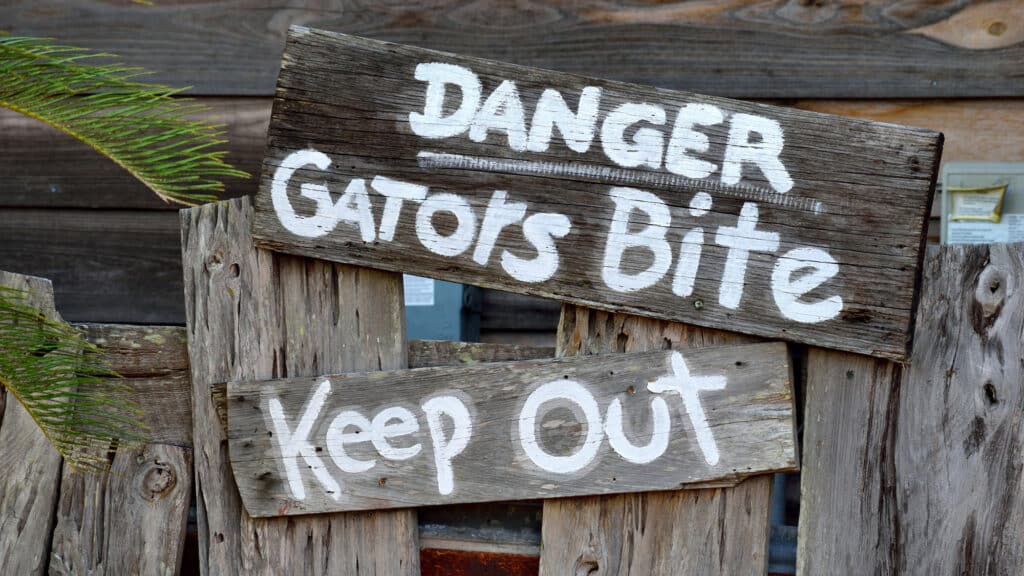
Some myths about Florida are true. The political scene is beyond insane. The bugs are plentiful. The alligators are ornery. Other myths are just that – urban legends that have somehow rooted themselves into popular reality.
Here are a few Florida myths that should be debunked.
There’s No Winter in Florida

Though Florida is perhaps rightfully dubbed “The Sunshine State,” it still gets a little chilly during the traditional winter months. Temperatures drop into the 20s and 30s for a few nights at a time between December and February.
And it does snow in Florida – though not very often. Many longtime residents will recall January 1977, when up to 2 inches of snow fell in Central Florida. More recently, in 2010, snow and sleet was reported in Jacksonville with a freezing fog reaching other northern Florida cities.
If there’s a “missing season” in Florida, it’s more likely to be the fall. The weather in Florida tends to go straight from summer to winter in December. Falling leaves and the corresponding explosion of color are also fairly uncommon around the state.
Florida is located in the Tropics

It might feel like the tropics on a given August or September afternoon when the temperature and humidity is enough to drive all souls into air-conditioned spaces.
But technically speaking, “the tropics” are located between the latitude lines from the Tropic of Cancer to the Tropic of Capricorn. The Tropic of Cancer is located between Key West and Cuba, so no part of Florida is located in the tropics.
The State Tree is a Palm Tree
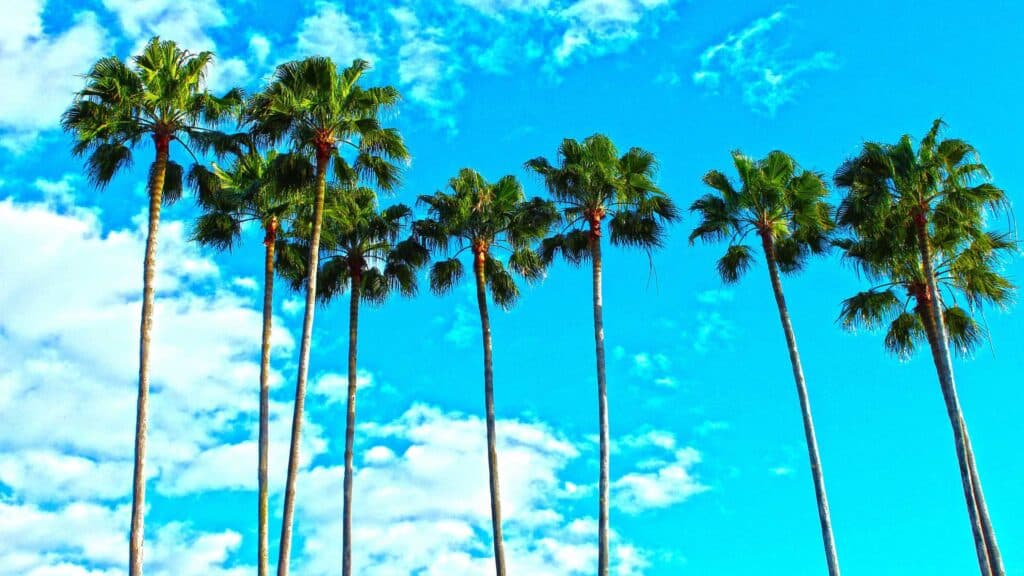
This one is tricky. Yes, the state tree is the sabal palm. But scientifically speaking, palms are not trees – they’re categorized as large, woody herbs.
The main reason palms aren’t trees is because they don’t show secondary growth. That means that, unlike trees, they don’t gain thickness each year.
Palms also don’t have branches – they have fronds. They don’t drop their leaves. And the trunks themselves are more flexible than traditional tree trunks.
So go ahead and celebrate the sabal palm – just don’t call it a tree.
Florida is the Lightning Capital of the World
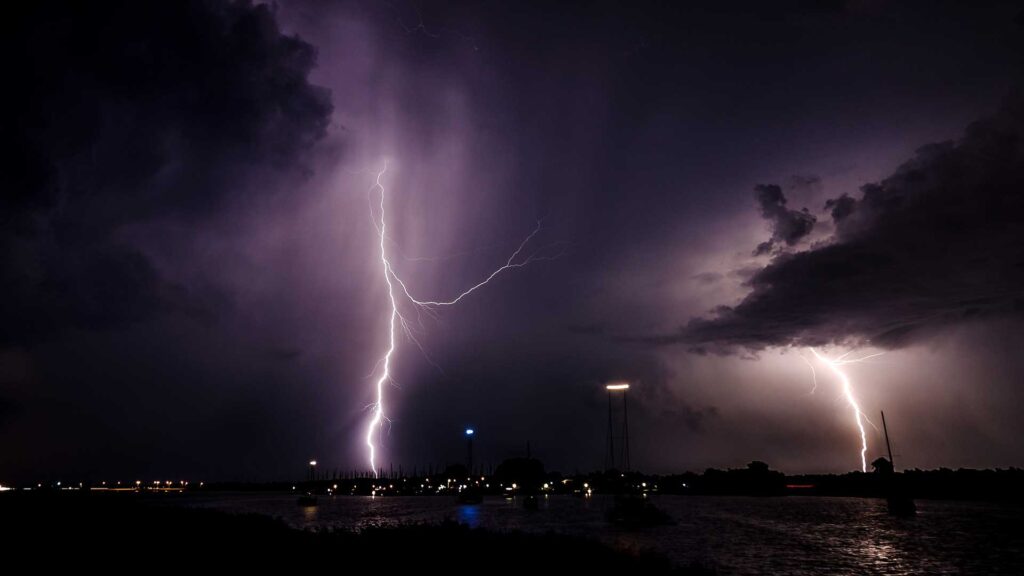
This myth just won’t go away. Yes, the thunderstorms here are impressive – to put a positive spin on it. But Florida isn’t the world capital of the weather phenomenon. It’s not even the lightning capital of the United States.
A Finnish company – Vaisala Oyj – is considered the expert on lightning strike density. According to a 2021 report from Vaisala, the United States itself isn’t even among the countries with the most lightning – Singapore and several central countries of the African continent have that distinction.
In the United States, Florida and Oklahoma are neck-and-neck for the title of lightning capital of the country. Oklahoma had 83.4 lightning flashes per square kilometer over the past five years compared with 82.8 for Florida.
Disney World is the ‘Happiest Place on Earth’
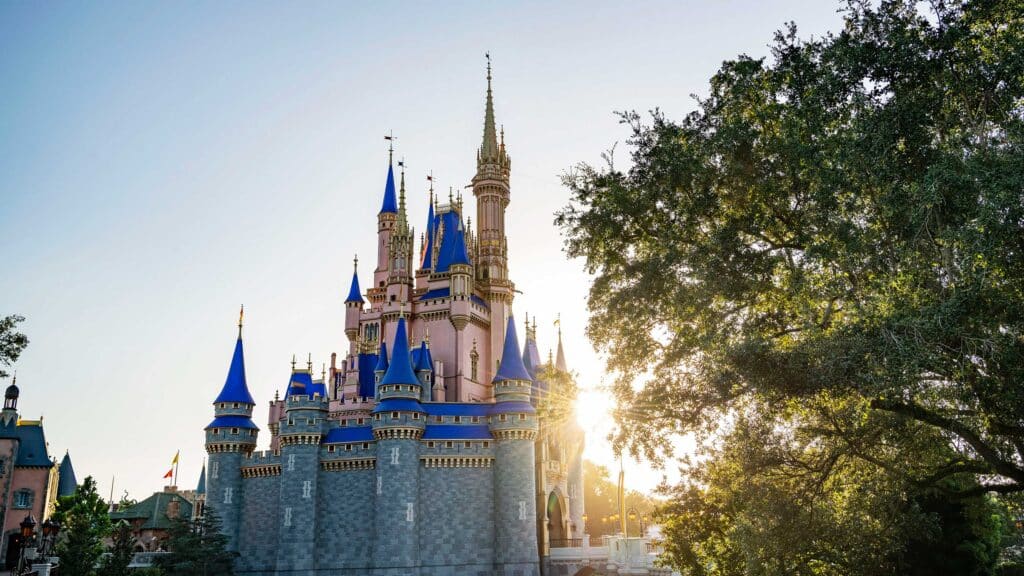
For many residents and tourists alike, Disney World is probably the very definition of nirvana and rightfully so. Its theme parks – the Magic Kingdom, EPCOT, Disney’s Animal Kingdom and Disney’s Hollywood Studios – attract deliriously happy crowds 365 days a year.
But it’s not the “Happiest Place on Earth.” That designation is officially used to describe Disneyland in California. Florida’s Disney World is the “Most Magical Place on Earth.”
In case you’re wondering, the nickname for Universal Orlando is “Let Yourself Woah.” Not nearly as catchy but equally clever.
Florida is Full of Killer Alligators
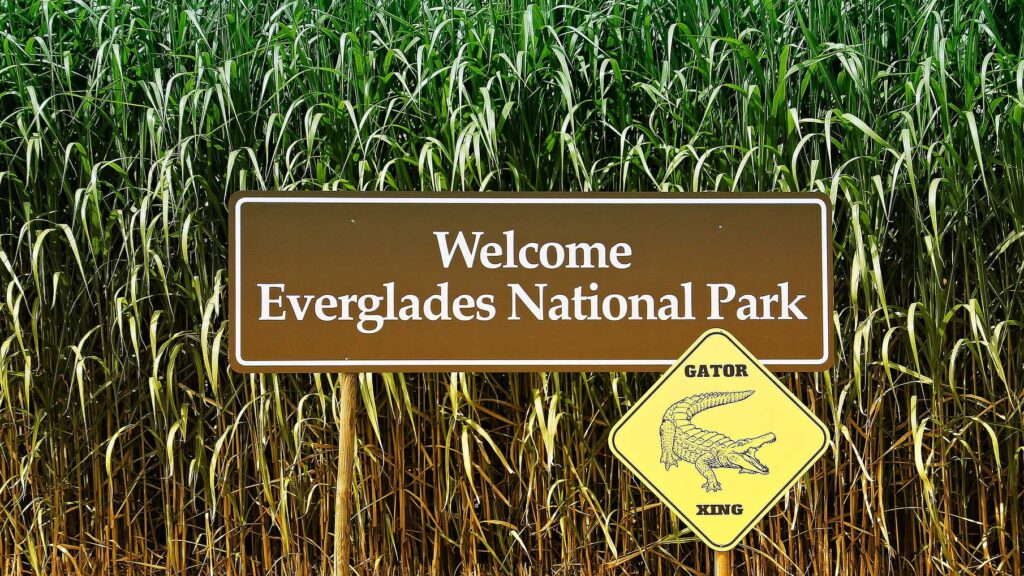
Ah yes, the old fear of alligators – scientifically called “Aligatoraphobia.” Not very original. You could argue that “Herpetophobia,” which is a fear of reptiles, also applies to gators, but that’s beyond the point.
There are 1.3 million alligators living in Florida – not including the students of the University of Florida. In 2021, seven people suffered major bites from these creatures, who are territorial and don’t appreciate being surprised in their murky, watery homes. By comparison, 16 people suffered shark bites in Florida in 2022.
But it’s not just alligators in Florida; the state is home to thousands of crocodiles too. You’ll find these similar lizard kings further south in the state, where they thrive in brackish and saltwater bodies of water.
How do you tell an alligator apart from a crocodile? Read this easy guide, but we recommend just running away in a straight line and worrying about the classification of the create later.
Maybe this is a myth better left unexplored.
More stories like this:
- Urban Legends about Florida That Keep You Awake at Night
- Was There Actually a Fountain of Youth in Florida Once?
- Is St. Augustine Really the Oldest City in America?
- 11 Crazy Things To Co in Orlando
- 25 Fun Things to Know About Disney’s Animal Kingdom on its 25th Anniversary
- Things to do in Orlando Besides Theme Parks
- Is There a Six Flags Park in Florida?
- Is Jacksonville Really the Country’s Biggest City?
- Is Florida the Hurricane Capital of the World?
- Why Should You Shuffle Your Feet on Florida Beaches?
- Why is Orlando called ‘The City Beautiful?’
- What’s the Difference Between an Alligator and a Crocodile?





